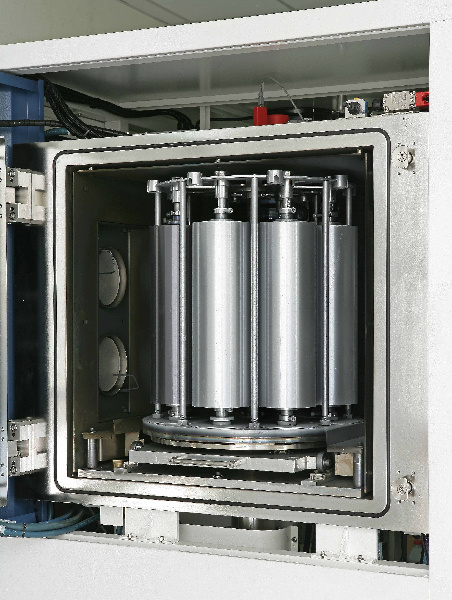- From Injuries to Performance: Rehab Philosophy by Dr. Jordan Sudberg
- The Best Arabic Food, Manakish Oven & Grill Catering Service in Milpitas, CA
- Becoming the Trusted LNC: Building Strong Relationships with Attorneys
- The Crucial Role of Nutrition in Battling Oral Cancer and Legal Recourse for Dental Negligence
- Exploring the Cost of Veneers in South America
How PVD Coating Systems Work
July 5, 2015
Written by: Denton Vacuum, LLC
Summary: PVD has changed much of the landscape of 21st century manufacturing.
Manufacturing with a PVD system has allowed producers to build durable products out of inexpesnive materials. PVD stands for “physical vapor distribution” and it’s an important advancement in manufacturing. Products produced with this method often exhibit properties that would otherwise be impossible.
Step By Step
A PVD system begins by super heating materials until they break down into particulates. Special materials, like aluminum, are loaded into a vacuum chamber and heated. As the heat rises, the material melts. This is intense heat, not normally suited for items made of plastics or weaker materials. That’s why PVD works. It allows the substrate, the piece that the coating is applied to, to receive the coating of particles bouncing off the walls of the chamber without getting damaged. The chamber is cooled once the material is broken down, then the substrate is added and the materials settle.
Applications
Thin film vacuum coating is usually used to coat materials in something more durable. For example, plastic screws can receive a metal coating to metalize them and make them more durable. This process is also used in the design and manufacture of NASCAR parts, which are sometimes little more than metalized plastic pieces. The high performance nature of these engines leads to many replacements, so PVD coating makes manufacture more cost-efficient.
Final Thoughts
PVD equipment coating has made manufacturing a lot more affordable. Cheaper materials can now be coated in more durable materials, or given different properties thanks to advanced techniques.









